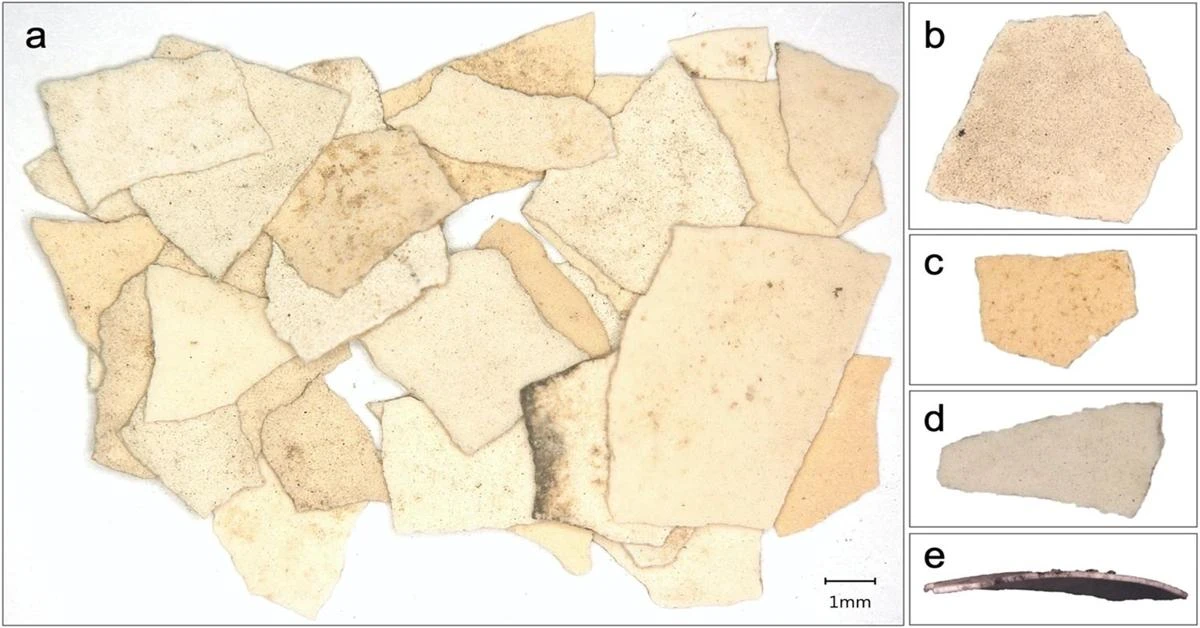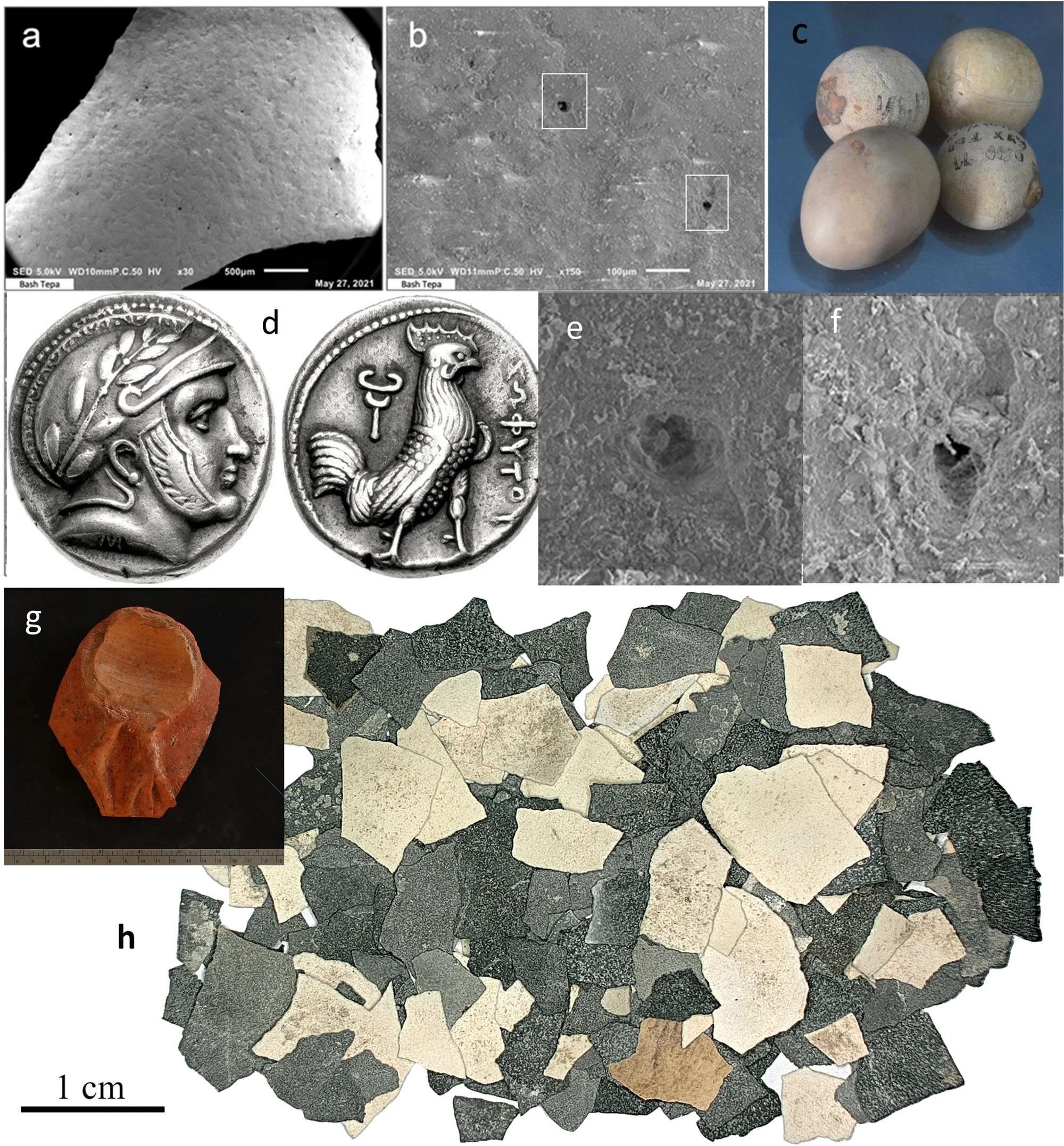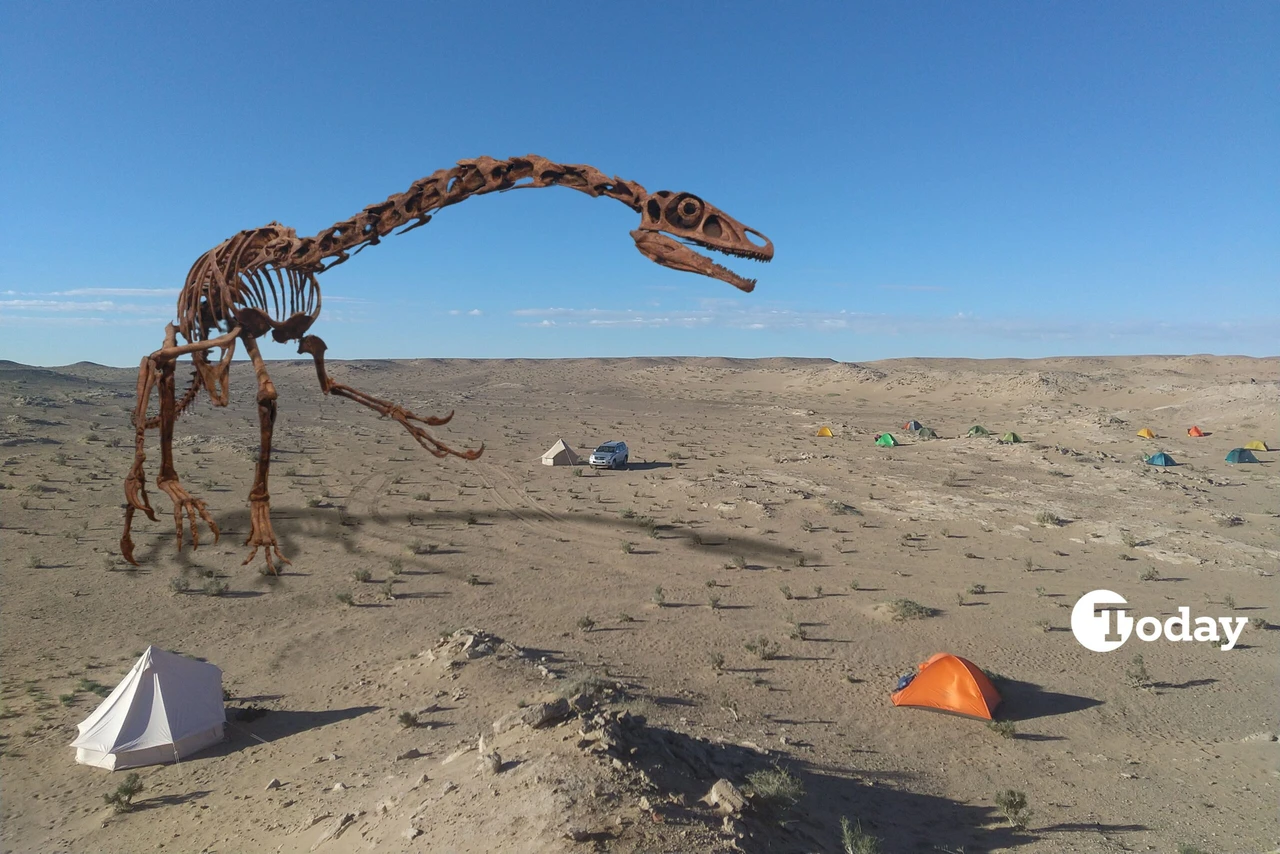Scientists unearth oldest evidence for chicken egg production

Recent research shows that chickens were widely raised in southern Central Asia as early as 400 B.C
A new study published in Nature Communications by a team of archaeologists, historians, and biomolecular scientists offers the oldest evidence for chicken egg production. They argue that the loss of seasonal egg-laying was the key driver behind the spread of domestic chickens across Eurasia and Northeast Africa.
Using eggshell fragments collected from 12 archaeological sites covering a period of about 1,500 years, the researchers revealed that chickens were widely raised in Central Asia from about 400 B.C. to 1,000 A.D. and were likely distributed along the ancient Silk Road.
The numerous eggshells unearthed hint at chickens laying eggs throughout the year, a behavior not typical of their wild ancestors. Researchers believe this year-round egg production made chickens a valuable asset to ancient civilizations.
To pinpoint the origins of these chickens, the team collected tens of thousands of eggshell fragments from sites along the main Central Asian corridor of the Silk Road. Then, they used a biomolecular analysis method called ZooMS to identify the species of chicken that laid these ancient eggs.

ZooMS is an analysis method that can identify species from animal remains such as bones, skin, and shells. It is a faster and more cost-effective option than genetic analysis.
“This study demonstrates the potential of ZooMS to shed light on past human-animal interactions,” says Dr. Carli Peters from the Max Planck Institute for Geoanthropology.
The identification of the chicken shell fragments as chickens and their abundance in the sediment layers at each site led scientists to an important conclusion: The birds must have laid eggs far more frequently than their wild ancestors, the red grouse.
The new study provides an answer to the chicken-egg riddle. In Central Asia, there is evidence that the ability to lay large numbers of eggs was important for chickens to evolve into their current form, revealing a species vital to the global economy.
Source: Newsroom



